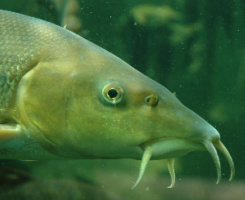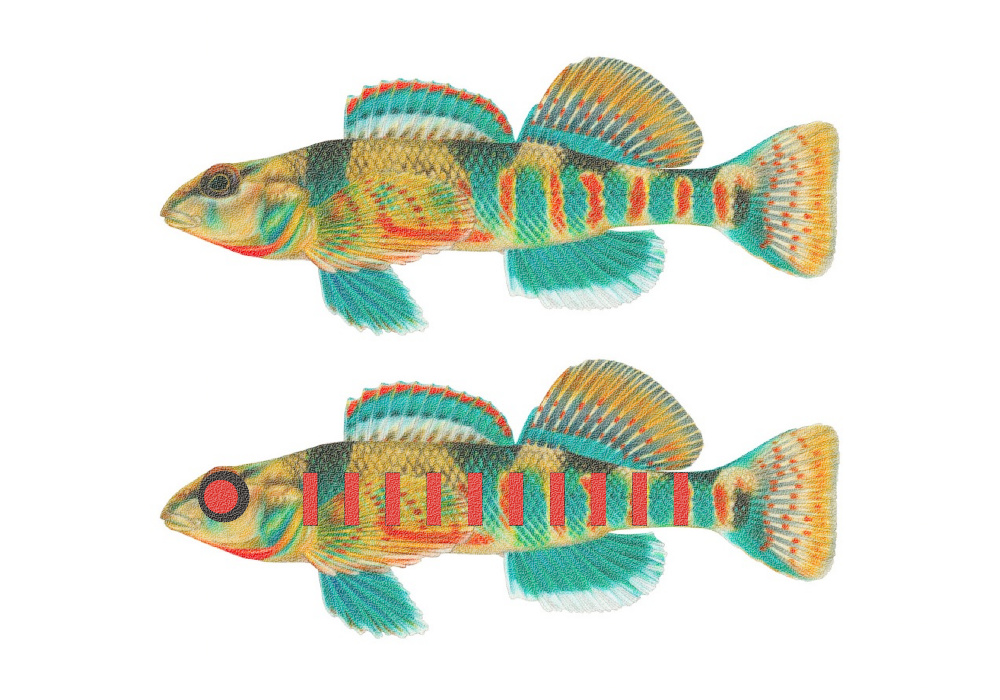To study
the chemosensory sensitivity of fish to odors of natural feeding objects, the standard water extracts of these objects
are mainly used. For example, water extracts of bloodworms. Chironomus plumosus, and sludgeworms, Tubifex tubifex, in concentration of 1
gram of crushed invertebrates per 1 liter of pure water, are considered as
standard for many cyprinid fish.
The sensitivity
of cyprinid fish to these extracts and the corresponding attractive odor zones
are given in Table 1. Importantly, at the indicated concentrations (dilutions) of water
extracts fish display active feed-searching responses.
Table 1. Chemosensory sensitivity of cyprinid fish to water extracts of feeding invertabrates
Species
| Chemosensory sensitivity, g/l
|
Volume of
attractive odor zone, l
|
roach, Rutilus rutilus
silver crucian,
Carassius auratus gibelio
| 10-3
| 1000
|
carp, Cyprinus carpio
tench, Tinca tinca
barbel, Barbus barbus
| 10-4
| 10000
|
The
chemosensory sensitivity of cyprinids to water extracts of crustaceans, like water
louses, Asellus aquaticus, and molluscs,
like zebra mussel, Dreissena polymorpha,
are approximately the same.

For more
information, see:
Chemosensory sensitivity of some
cyprinid fish to natural attractants
Chemosensory sensitivity of some
salmonid and acipenserid fish to natural attractants
Using
goundbaits with the certain amounts of attractive components, you can calculate
the attractive odor zones created by these groundbaits (Table 2).
Table 2. Radii of odor zones for cyprinid fish (for 1 and 10 grams of crushed bloodworms)
Volume
of attractive odor zone, l
| Volume
of attractive odor zone, cubic m
| Radius of attractive odor zone in form
of semisphere, m
|
1000
| 1
| 0.80
|
10000
| 10
| 1.70
|
100000
| 100
| 3.60
|
When the
depth at fishing location is more than 3 m, you can calculate an odor
zone in the form of semisphere: v = 2πR3/3. More, when the depth at fishing locati
...
Read more »





